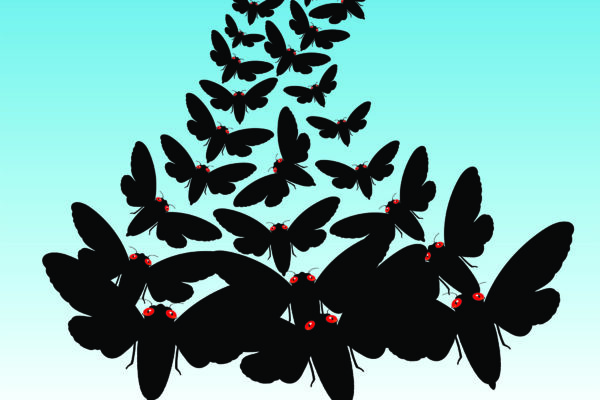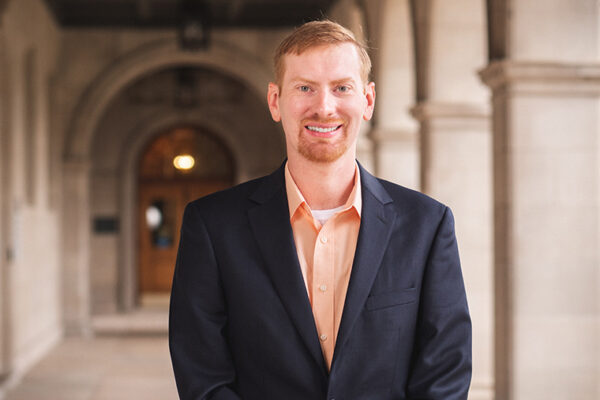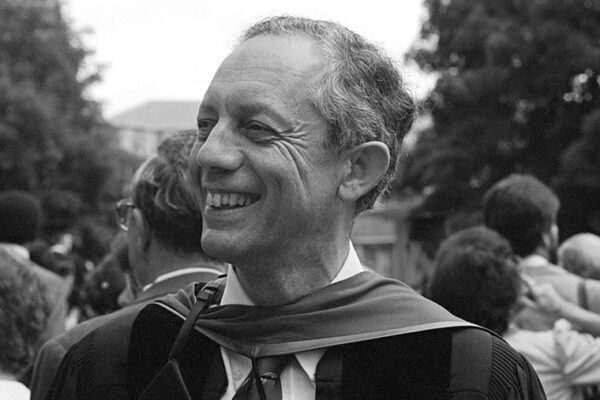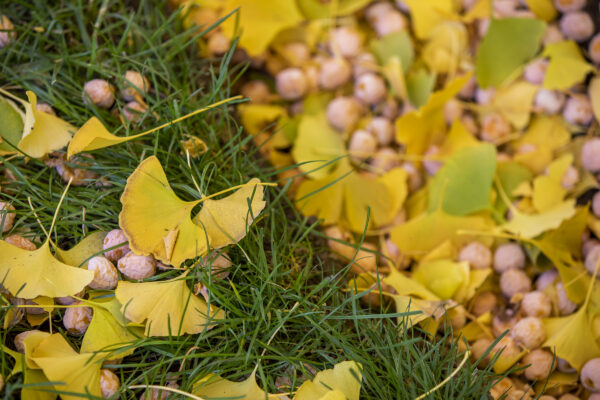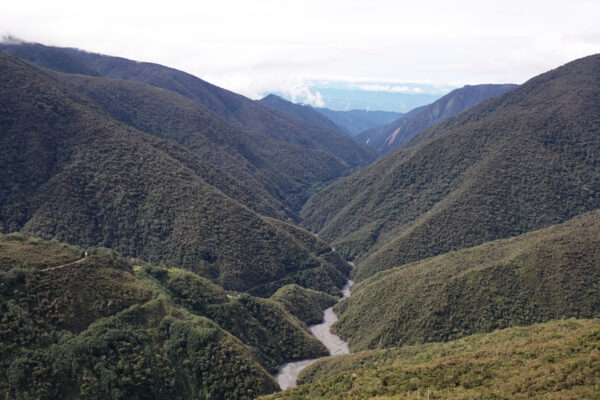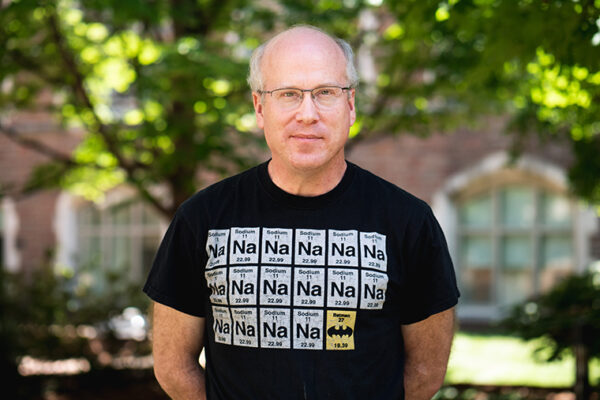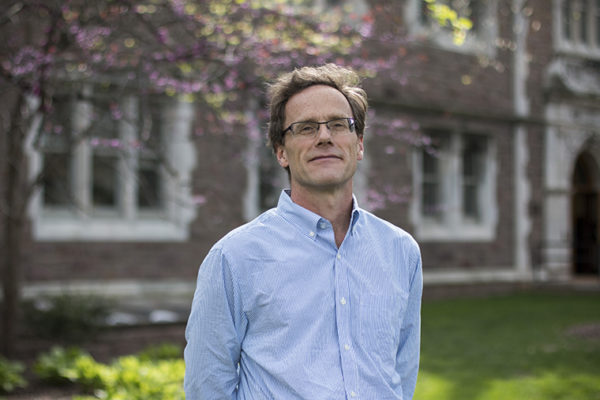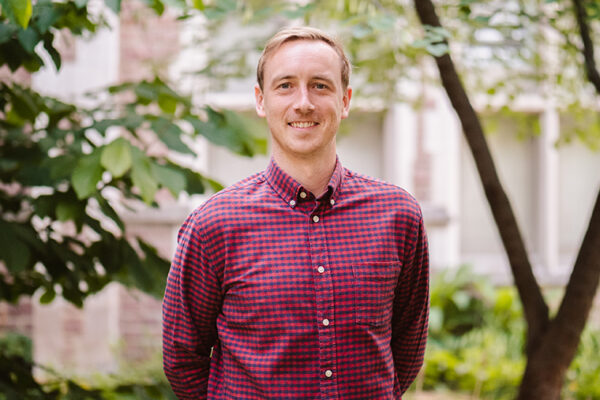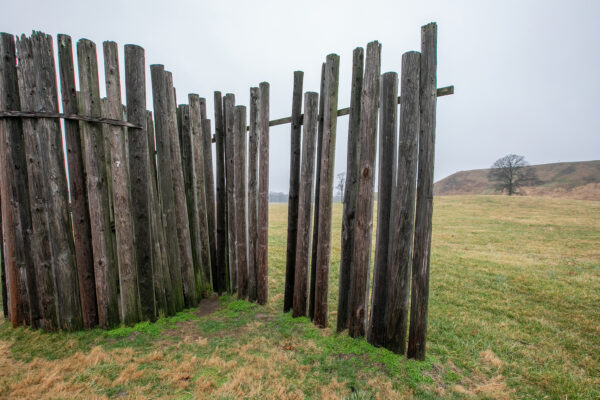Brood X cicadas emerge in a rapidly changing world
Periodical cicadas are above ground for only a handful of days every 17 years. Human-induced rapid environmental change is altering the world they will briefly encounter, according to Brett Seymoure, a postdoctoral fellow with the Living Earth Collaborative at Washington University in St. Louis.
Fournier to study dynamics of fast chemical reactions
Joseph A. Fournier, assistant professor of chemistry in Arts & Sciences, won a CAREER Award from the National Science Foundation. Fournier’s research program focuses on characterizing the dynamics and mechanisms of fast chemical reactions.
Michael Friedlander, professor emeritus of physics, 92
Michael W. Friedlander, professor emeritus of physics in Arts & Sciences, died April 29, 2021, in St. Louis. He was 92.
William M. Boothby, professor emeritus of mathematics, 102
William M. Boothby, professor emeritus of mathematics in Arts & Sciences, died Feb. 14 in Nashville, Tenn. He was 102.
Plant sex chromosomes defy evolutionary models
Some plants like ginkgo trees have either male or female flowers, not both. Susanne Renner, honorary professor of biology in Arts & Sciences, reviewed the genetic basis of sex determination in plants for Nature Plants and will guest-edit a special issue of a Royal Society journal on the topic.
Mountain high
Sometimes overshadowed by neighboring Amazon forests, the forests of the Andes Mountains are helping to protect the planet by acting as a carbon sink, absorbing carbon dioxide and keeping some of this climate-altering gas out of circulation, according to biologists in Arts & Sciences and their partners from a Living Earth Collaborative working group.
Nowak, collaborators share new observations of famous black hole
Michael Nowak, research professor of physics in Arts & Sciences, is co-author of a study in The Astrophysical Journal Letters that shares unprecedented observations of the black hole in the galaxy M87.
McCarthy awarded NSF grant for operator analysis and applications
John E. McCarthy, the Spencer T. Olin Professor of Mathematics and chair of mathematics and statistics in Arts & Sciences, received a five-year $450,000 grant from the National Science Foundation to develop new tools to deal with complexity in the design of systems such as those used in automatic pilots and self-driving cars.
Stroud honored with American Society of Naturalists award
Ecologist James Stroud in Arts & Sciences studies how patterns of contemporary natural selection can shape the structure of entire communities. He won the American Society of Naturalists’ 2021 Young Investigator Award, one of the most prestigious for young researchers in the field of ecology and evolution.
Digging deep to discover why Cahokia collapsed
Arts & Sciences archaeologists excavated around earthen mounds and analyzed sediment cores to test a persistent theory about the collapse of Cahokia, the pre-Columbian Native American city once home to more than 15,000 people.
View More Stories
